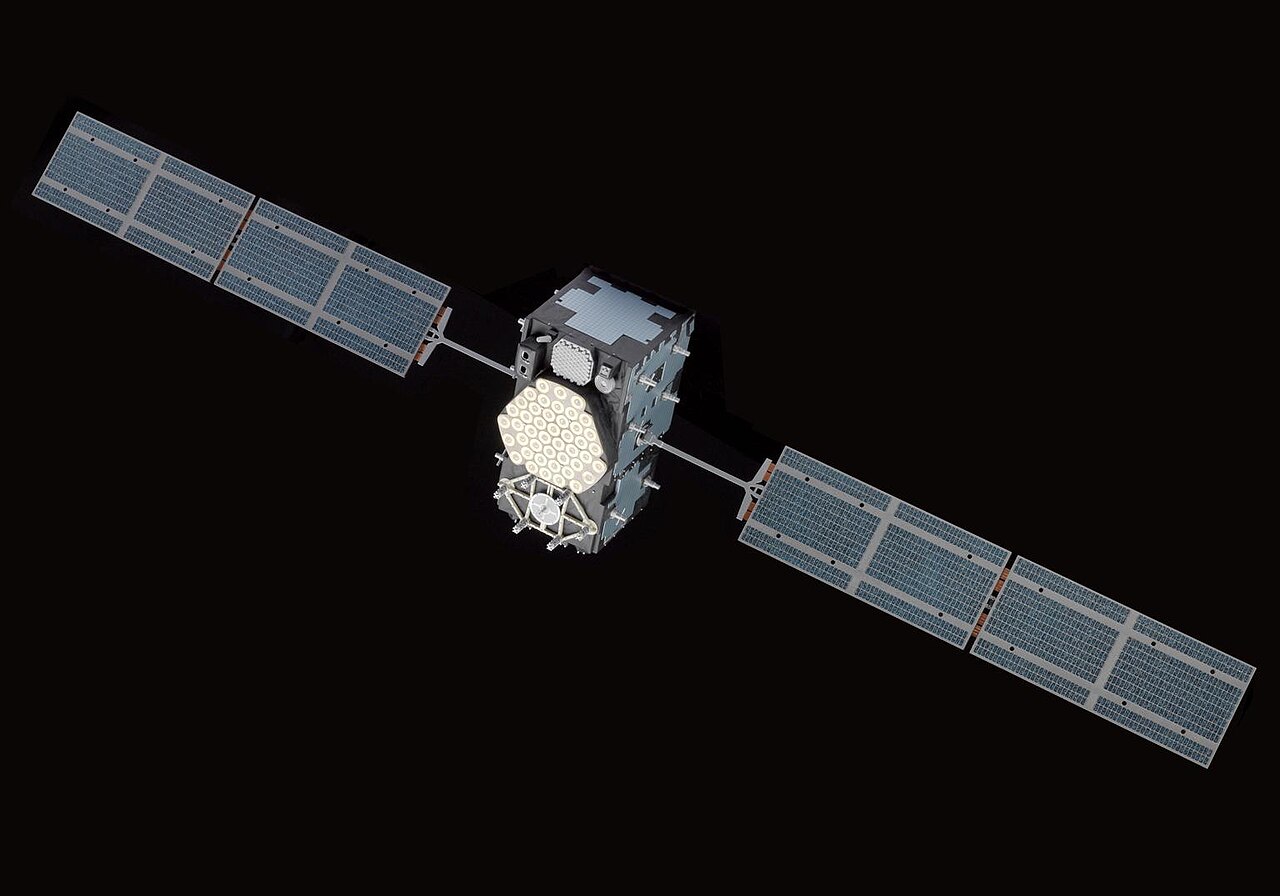SpaceX To Launch Critical Navigation Satellites Saturday Night
Timing Suggests Possibility of Jellyfish Phenomenon

SpaceX is set to launch a pair of long-delayed navigation satellites tomorrow night (April 27) at 8:34PM from Pad 39A at KSC.
The satellites, FM25 and FM27, are being launched aboard a Falcon 9 booster as part of Europe’s MEO Galileo constellation. They will join 26 other satellites that began launching in 2011 to form part of a high-precision navigation system for the European Union.

























